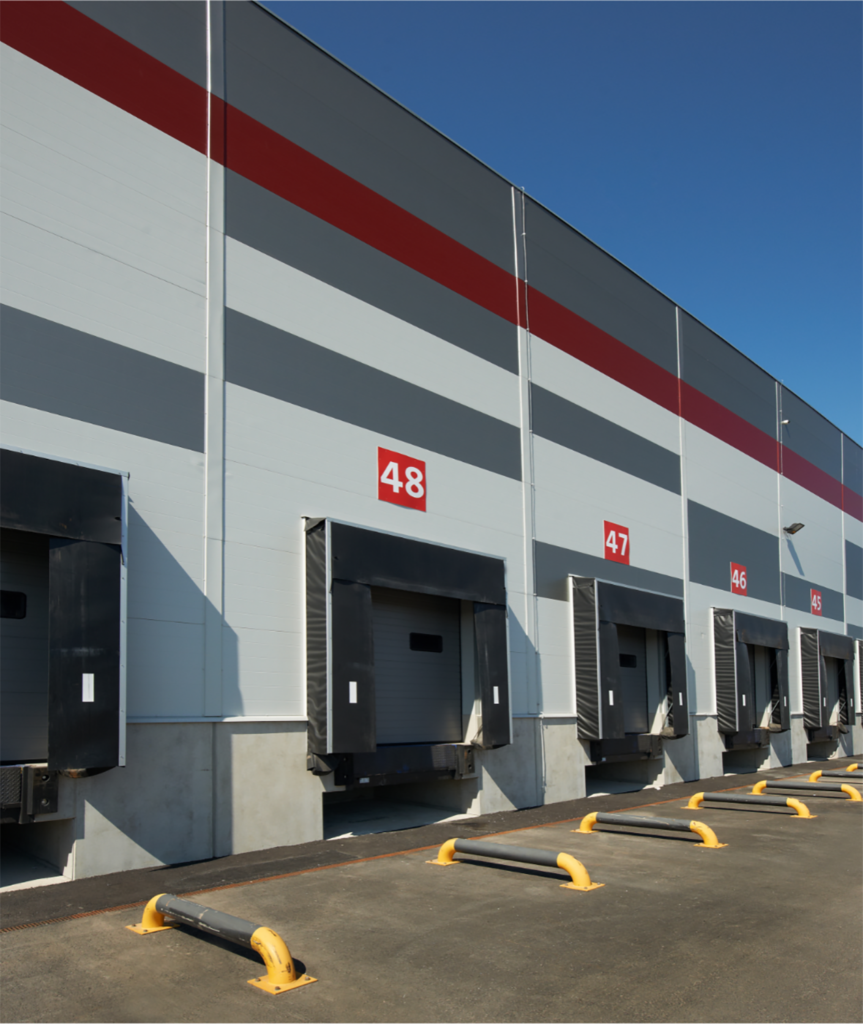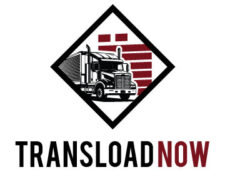Crossdocking Warehouses In Houston, Texas

Crossdocking is a strategic logistics practice aimed at minimizing storage time and maximizing efficiency in the distribution process. In crossdocking, incoming goods from suppliers are unloaded from inbound transportation vehicles, sorted based on their destination, and then loaded directly onto outbound transportation vehicles for delivery to customers or other distribution centers. This approach reduces the need for intermediate storage, streamlines the flow of goods, and minimizes handling costs. By eliminating the need for warehousing, crossdocking accelerates order fulfillment and reduces inventory holding costs, making it an essential technique for companies striving to optimize their supply chain operations and meet the demands of today’s dynamic market.
Services Offered By Many Crossdocking Warehouses
-
Transloading: Transfer of goods between different modes of transportation, such as from rail to truck or from ship to rail, without the need for intermediate storage.
-
Cross Docking: Immediate transfer of goods from inbound receiving docks to outbound shipping docks with minimal or no storage time.
-
Consolidation and Deconsolidation: Combining smaller shipments into larger ones for efficient transportation, or breaking down larger shipments into smaller ones for distribution to multiple destinations.
-
Sorting and Segregation: Sorting products based on destination, customer orders, or other criteria to optimize loading and routing of outbound vehicles.
-
Inventory Management: Real-time tracking and management of inventory levels, ensuring accurate stock counts and availability.
-
Value-added Services: Additional services such as labeling, repackaging, kitting, assembly, or quality inspection to meet specific customer requirements.
-
Warehousing: Temporary storage of goods for short durations, if necessary, before transloading or outbound shipment.
-
Customization: Tailoring services to meet the specific needs and requirements of individual customers, industries, or products.
-
Technology Integration: Leveraging advanced technology solutions such as Warehouse Management Systems (WMS), RFID, or barcoding for enhanced operational efficiency and accuracy.
-
Security and Risk Management: Implementing measures to ensure the security and safety of goods within the warehouse facility, including surveillance, access controls, and risk mitigation strategies.
- Strategic Location: Cross docking facilities are often strategically located near transportation hubs, ports, or major markets to minimize transportation costs and transit times.
- Efficient Product Flow: Cross docking facilitates the direct transfer of incoming goods from receiving docks to outbound shipping docks without the need for long-term storage. This results in a more efficient flow of products through the warehouse.

